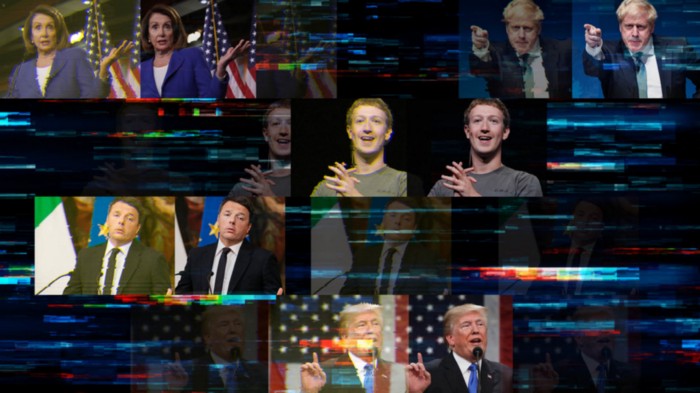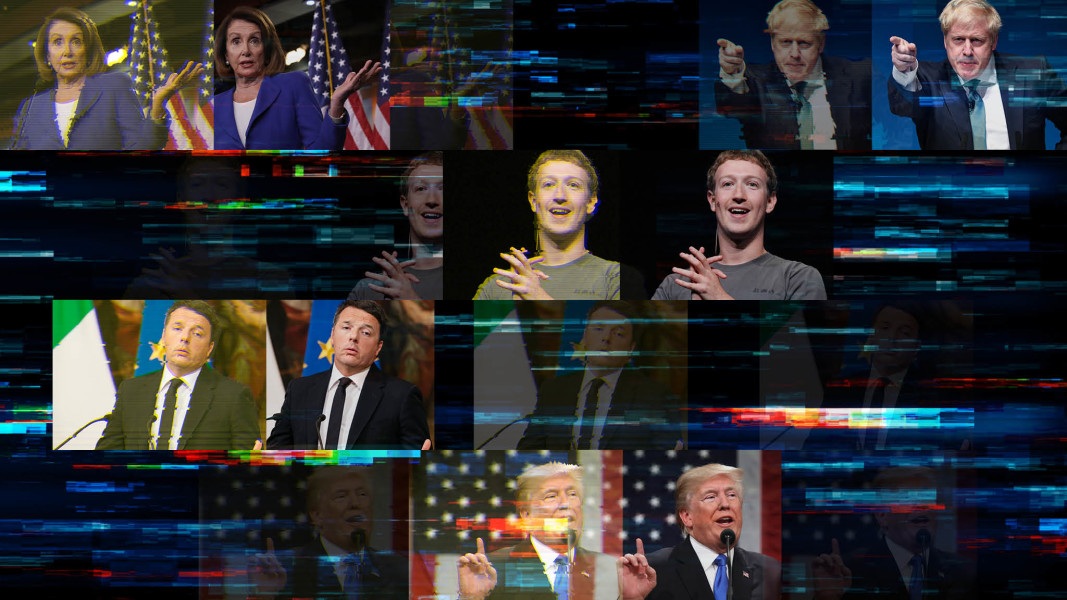Anyone interested in technology knows that Artificial Intelligence can now quickly analyze, colonize, and synthesize. As developments in artificial intelligence can decode the physical map of people, it will increase the quality of life and productivity. However, there is no doubt that this invaluable data network will irresistibly crave an appetite to achieve many wrong goals. Deepfake technology, which is an artificial intelligence media extension, invites evils. It will become the biggest cyber threat in history and reach a level that encompasses human beings with its unbelievable tricks.
The most widely used method for deepfake attackers is facial swap but deepfake methods are not limited to this. Deepfake’s fury extends over a wide range. From colonizing a human voice to synthesizing his entire body and body movements.
The most suitable method to cheat; sound
Voice swap; As with deepfake videos, it relies on a machine-learning algorithm to mimic the sound of the target. Deepfake sound is now more straightforward than deepfake video.
You can simply collect target audio data from public sources such as speeches for the audio model that will feed the training algorithm. After creating an adequately strong deepfake sound profile, even speech text software is sufficient for scenarios for reading fake sound.
For perfect deep sound, the most advanced network can create an audio profile by listening to at least 20 minutes of audio.
However, so far, deepfake attackers use smart background noise to cover defects. For example, making calls from an area with heavy traffic noise prevents the other party from recognizing faults.
For this reason, so-called deepfake voice swaps are one of the first examples of deepfake cyber attacks entering the forensic record.
A fake money transfer order that imitated the voice of the CEO of a German-based company in the UK did cost quarter-million dollars for the company. Voice swap will not be a milestone like face-swap porn. Still, it will be essential to remember as one of the primary examples.
Wholly fake and non-synthetic deepfake method
This time the target is not entirely fake and synthetic. Speaking on the screen is Nancy Pelosi, the spokesman of the US House of Representatives. However, the video scattered from Facebook has been slowed down by 25 percent, and the sound altered to make it look like the words not used correctly.
The modification made look Pelosi like drunk. The video posted by a Facebook page called Politics Watchdog and shared with an extensive network of tweets.
Reflecting body movements; deepfake is another rapidly developing field of synthetic media technology. In August 2018, researchers at the University of California Berkeley presented the most remarkable study of this method based on full-body synthesis.
An article and video titled Everybody Dance Now was published, showing how deep learning algorithms can transfer the movements of a professional dancer to the bodies of amateurs.
Also, in 2018, a research team of the University of Heidelberg published an article on machines used to perform human movements realistically.
To synthesize the whole human body, GAN(Generative Adversarial Networks) uses the processes of integrating faces, and there are critical differences between all shapes. Björn Ommer, professor of computer vision at the University of Heidelberg Collaboration with Image Processing (HCI) argues that more research and more significant progress made on facial synthesis.
Because now all smart devices have features like face detection, smile detection, such applications can generate revenue and provide resources for further research.
What’s more interesting for Ommer is that although every human face looks different, when the face compared to an entire human body, there is not much variation.
According to Ommer, it will take several years for algorithms for the synthesis of the whole body to become widely available. Although it opens horizons for unusual commercial practices in areas such as dance and athletics. There is also a tremendous risk of disinformation is already a concern in today’s polarized political climate.
Synthetic hocus pocus method in videos

Deleting objects from videos; Although it is in the process of development, it is among the spooky deepfake methods. The videos are based on legitimate reasons such as making moving objects invisible, correcting, or improving quality. However, the potential for high manipulation seems to create irresistible opportunities for malicious uses as well. Of course, it won’t stop there.
AI-powered applications will soon replace the demanding manual methods, requiring technology expertise from the cinema industry to show the non-existent, to add realistic objects to videos.
Even static photographic images manipulated with Photoshop have been an essential weapon to date for criminals and hate dealers around the world.
Synthetic deepfake media, on the other hand, are much more dangerous in terms of speed of access and psychological impact. Video and audio are more convincing. They have ave a stronger effect on memory and emotion. As time runs out, cyber enemies will slyly attack from many fronts.
You can detect AI-generated deepfake videos at deepware.ai
Previous article: Hiring Deepfake Video Freelancer $20 Right Now
